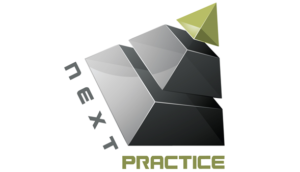Everyone can point to some “Best Practices” they follow. For instance, in the field of automotive sales, it’s a best practice for the sales consultant to give a follow-up call to the customer 3 days after taking delivery of a new car to see how satisfied the customer is, if the customer has any questions about it, and if any of the customer’s friends, family or neighbors are in the market for a new vehicle. Then, another follow-up call should be placed two months after delivery date so the car’s first oil change can be scheduled.
But “Best Practices” for one company may not be “Best Practices” for another. Truthfully, if your school looking for “Best Practices,” that means you’ve come to the realization that it may not be the best at everything it does. And, for a school, especially if your school charges tuition, that’s could be an uncomfortable position to be in. That’s not to say that’s a bad thing, for it’s only when we’re uncomfortable with the status quo that we become open to the prospect of change, and, more correctly, transition. Change is perceived as a “one-time” thing, since “changes” brings to mind a series of events. “Transition,” however, infers a process that may be necessary to move from one state of being to a “better” place…or, even the “best” place in the minds of your tuition-paying customers.
And “best” is only best until the next best thing comes along.
“Next Practice” Insights are a little different. They focus on “What’s coming up next.” Hockey great Wayne Gretzky was once asked about his secret to his success. His response: “A good hockey player plays where the puck is. A great hockey player plays where the puck is going to be.”

